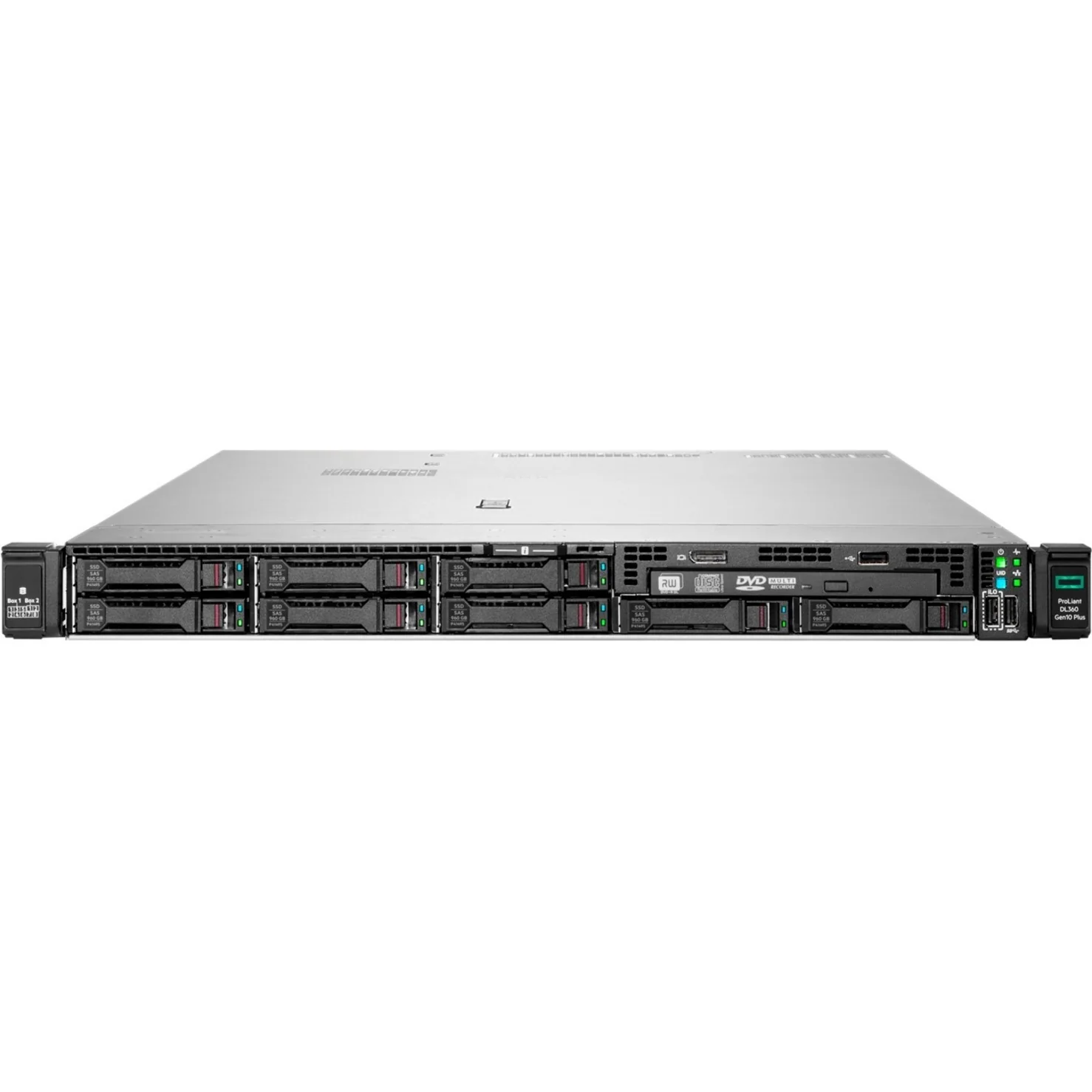서버 HDD 고장률
서버 HDD 고장률은 서버 환경에서 하드디스크 드라이브의 신뢰성과 내구성을 측정하는 중요한 지표입니다. 이 필수적인 수치는 데이터센터 관리자와 IT 전문가들이 데이터 손실 위험을 평가하고 효과적으로 유지보수 일정을 계획할 수 있도록 도와줍니다. 고장률은 일반적으로 연간 백분율로 표시되며, 해당 연도 내 드라이브 고장 발생 확률을 나타냅니다. 현대의 엔터프라이즈급 HDD는 보통 연간 0.5%에서 2%의 고장률을 보이지만, 이 수치는 사용 패턴, 환경 조건, 드라이브 사양에 따라 크게 달라질 수 있습니다. 서버 HDD 고장률을 이해하기 위해서는 작동 온도, 작업 부하 강도, 진동 노출 정도, 제조 품질 등 다양한 요소를 분석해야 합니다. 고급 모니터링 시스템에서는 S.M.A.R.T.(Self-Monitoring, Analysis, and Reporting Technology) 데이터를 활용하여 고장 발생 전에 잠재적 문제를 예측하고 능동적인 유지보수가 가능하도록 하고 있습니다. 고장률 측정에서는 완전한 드라이브 고장부터 섹터 오류 및 성능 저하까지 다양한 고장 유형을 고려합니다. HDD 신뢰성 모니터링 및 분석 접근법은 기계 학습 알고리즘의 통합을 통해 점점 더 정교해지고 있으며, 이를 통해 패턴을 식별하고 보다 정확하게 고장을 예측할 수 있게 되었습니다.


